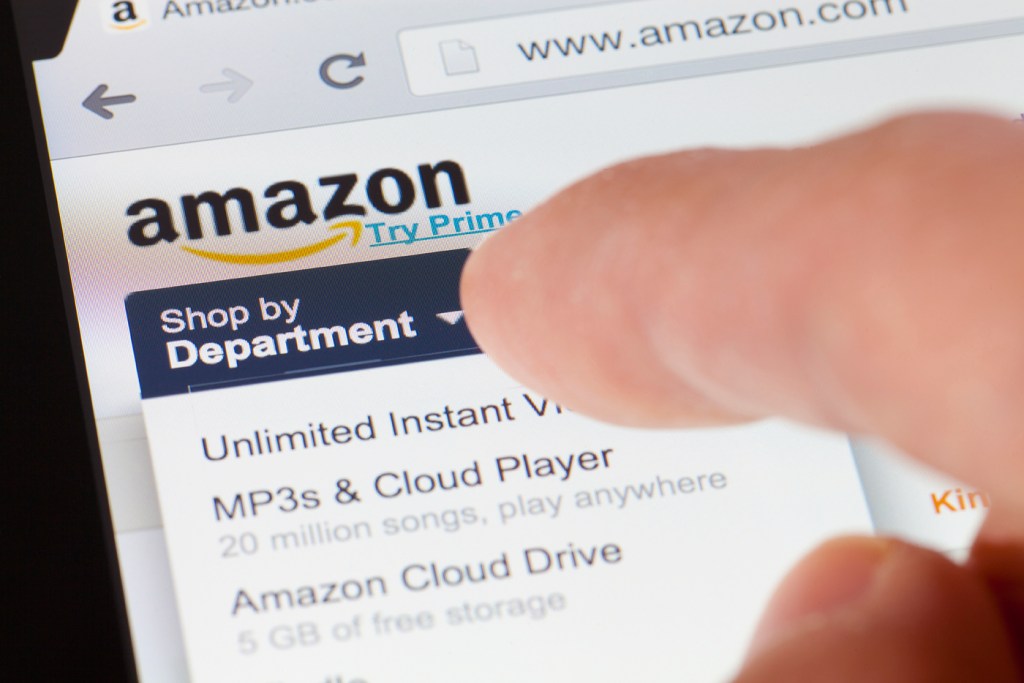3Qs: Online shoppers ‘Primed’ for huge deals

Amazon will mark its 20th anniversary on Wednesday with Prime Day, “a one-day global shopping event with more deals than Black Friday.” Only members of Amazon’s $99-per-year Prime subscription service can shop for exclusive deals, though non-members interested in exercising their consumer freedom can sign up for a free 30-day trial.
 Christo Wilson, an assistant professor in the College of Computer and Information Science who studies Web personalization, says Prime Day is a “loss leader designed to bring more customers into Amazon’s orbit.” Here, he holds forth on the manufactured shopping day, which promises big savings on scores of products.
Christo Wilson, an assistant professor in the College of Computer and Information Science who studies Web personalization, says Prime Day is a “loss leader designed to bring more customers into Amazon’s orbit.” Here, he holds forth on the manufactured shopping day, which promises big savings on scores of products.
It’s not uncommon for Amazon sellers to offer the same products for slightly different prices. Based on your ongoing research, what are the principles behind Amazon’s algorithmic pricing practices—and what tips do you have for online shoppers looking for the best deals on Wednesday?
Amazon’s marketplace is specifically designed to allow third-party sellers to change their prices in real-time using algorithms. Occasionally these algorithms go haywire, like the infamous example of the used genetics textbook that ended up costing $24 million.
On a regular basis though, these algorithms change the prices of products dozens of times per day, which makes it hard to know whether customers are always getting good deals. On normal days, websites like Camel Camel Camel and Paribus offer great tools to help shoppers get the best deals on Amazon. On Prime Day, however, I suspect that the deals will be very good and no comparison shopping will be necessary; the goal of Prime Day is really to get more people to sign-up for Prime, not to make money with algorithmic tricks.
Prime Day is merely the latest manufactured shopping day, part of a growing trend that includes Cyber Monday, Black Friday, and Singles Day, which is held in China. What does the increasing frequency of these made up shopping days tell you about the nature of online retail, particularly when Web personalization is now a ubiquitous practice?
Holidays that are invented (Valentine’s Day) or co-opted (Christmas) by companies aren’t uncommon. The interesting thing in this case is the precondition that shoppers must be Prime members to get the deals. Amazon is very interested in growing as a media company, and Prime is the gateway to Amazon’s streaming video and audio services. In my opinion, Prime Day is a loss leader designed to bring more customers into Amazon’s orbit. Once people have signed up, then it’s much easier to entice them to buy Fire devices and buy/rent/stream media from Amazon instead of rivals like Google and Apple. Furthermore, much like how Netflix is fueled by personalized recommendations, it’s much easier for Amazon to market their media offerings once customers start to buy in to Amazon’s ecosystem.
Your research interests include online social networks. How are retail giants like Amazon, Wal-Mart, and Best Buy leveraging their technological prowess and algorithmic acumen to promote their goods on social media sites?
In our research, we’ve found that most retailers are actually less technologically savvy than you would assume. Amazon is a notable exception: Their engineers basically invented cloud computing, and their platform is designed from the ground up for automation and precise targeting. Other retailers are behind the curve: They are all interested in leveraging Big Data, but most are still just experimenting with these technologies.
With regard to social media, my impression is that most retailers are still trying to figure out how to best utilize these platforms. Algorithms tend not to work well on social media: It’s very easy for people to tell that they’re not interacting with a human, so the message ends up sounding hollow. The most successful strategy seems to be the old fashioned one: Hire human moderators who are genuinely creative and empathetic to manage your social media presence. Of course, companies have to be very careful not to let their message get co-opted on social media. For example, McDonald’s totally lost control of their #McDStories hashtag recently, leading to hilarious and distressing outcomes.





